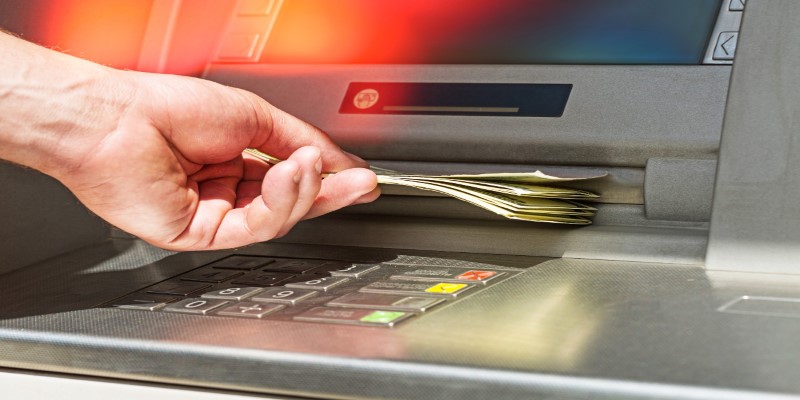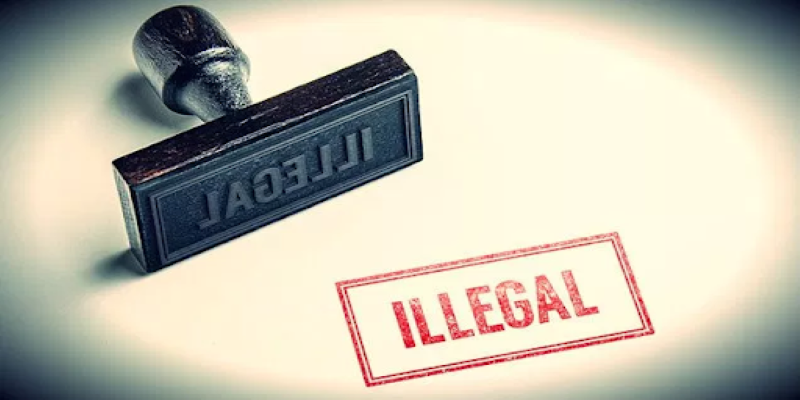When you deposit a substantial sum of cash into your bank account, you may find yourself wondering whether the bank will report that deposit to authorities. In most cases, the answer is yes, and understanding why can help you navigate the world of financial transactions with more clarity.

Large cash deposits are scrutinized by banks due to regulatory requirements aimed at preventing tax evasion, and other illicit financial activities. This article explores the details surrounding the reporting of large cash deposits, including the criteria banks use, the legal implications, and what happens when a deposit triggers a report.
Why Banks Report Large Cash Deposits
Due to the laws in efforts to combat financial crimes, banks are obligated to report large cash deposits. The main legislation is the Bank Secrecy Act (BSA), which requires a financial institution within the U.S. to report cash transactions above a threshold to the Financial Crimes Enforcement Network, or FinCEN. This means that any deposit exceeding $10,000 must be reported.
Reports under this are known as Currency Transaction Reports (CTRs), whose aim is to help the concerned authority trace possible fraudulent activities, such as money fraud. Banks do so within 15 days from the date of deposit as an effort to ensure the financial system is not facilitating illicit acts.
While the BSA primarily targets cash transactions, banks are also required to report patterns of suspicious activity. For example, when an individual makes several deposits slightly under the $10,000 threshold, the bank might raise a red flag and file a Suspicious Activity Report (SAR) rather than a CTR.
The Legal Threshold: What Constitutes a Large Cash Deposit?

Under the Bank Secrecy Act, a "large" cash deposit is a sum that exceeds $10,000 in a single transaction. This limit can even be applied to several little deposits that together amount to more than $10,000 within a short span of time.
For instance, a bank may flag such transactions as suspicious if a customer deposits $9,500 one day and another $9,500 the next day. Although each deposit is less than the $10,000 threshold, the bank may suspect that the intent is to avoid the reporting requirement, a practice referred to as "structuring" or "smurfing."
Banks have systems in place to monitor large cash deposits and patterns of deposits that appear to be structured in this way. If the system flags a deposit or set of deposits, the bank is required to file a Suspicious Activity Report with the relevant authorities, which can trigger further investigation.
The Implications of Reporting Large Cash Deposits
The decision to report a large cash deposit is not necessarily an indication of wrongdoing. However, there are significant legal and practical implications for both the bank and the account holder when a report is filed.
For the account holder, a report could lead to further investigation into the source of the funds. While legitimate businesses and individuals often make large cash deposits, the law requires banks to scrutinize such transactions to ensure that they are not part of illegal activities.
If the source of the funds is not immediately clear or if the deposit is deemed suspicious, the bank may take additional steps. These could include freezing the account, requesting additional documentation to verify the source of the funds, or escalating the issue to law enforcement for a deeper investigation. In extreme cases, large cash deposits can result in fines or criminal charges if the funds are linked to illegal activities.

On the other hand, businesses or individuals who regularly deal with cash, such as those in the retail or service industries, may find themselves frequently making large cash deposits. As long as they can demonstrate that their transactions are legitimate and are not structured to avoid the reporting threshold, they typically have nothing to fear. However, transparency and accurate record-keeping are crucial in these situations.
How Do Banks Protect Their Customers and Themselves?
Banks have a responsibility to protect their customers' financial interests while also complying with regulatory requirements. To achieve this balance, they use a combination of systems, training, and protocols to identify suspicious activity. These measures not only help to comply with legal obligations but also safeguard the banks reputation and ensure the integrity of the financial system.
One of the primary tools used by banks is an automated transaction monitoring system. These systems track customer transactions in real-time and flag any that seem out of the ordinary. When a large cash deposit is made, the system will check whether the transaction is part of a pattern of similar transactions, whether it exceeds the threshold, and whether it aligns with the customer's typical behavior.
Additionally, banks conduct due diligence on their customers, particularly those involved in high-risk industries. For example, businesses that deal in cash-heavy industries are subject to more rigorous scrutiny. These institutions are often required to implement enhanced measures to ensure that large cash deposits are legitimate.
Customer education also plays a vital role in ensuring that individuals are aware of the reporting requirements. By informing clients about what constitutes a large cash deposit and how to handle such transactions, banks can help them avoid inadvertently triggering red flags. As a result, both parties can ensure that financial transactions proceed smoothly and without unnecessary complications.
Conclusion
Banks do report large cash deposits, and this process is an integral part of the financial systems efforts to combat financial crimes. While making a large cash deposit is not inherently suspicious, it does come with a regulatory obligation for banks to report the transaction if it exceeds the $10,000 threshold. For individuals and businesses, understanding the legal requirements surrounding cash deposits can help avoid complications and ensure that their transactions remain above board. By maintaining transparency, keeping accurate records, and staying informed about the rules, both customers and banks can contribute to a safer and more compliant financial system.









